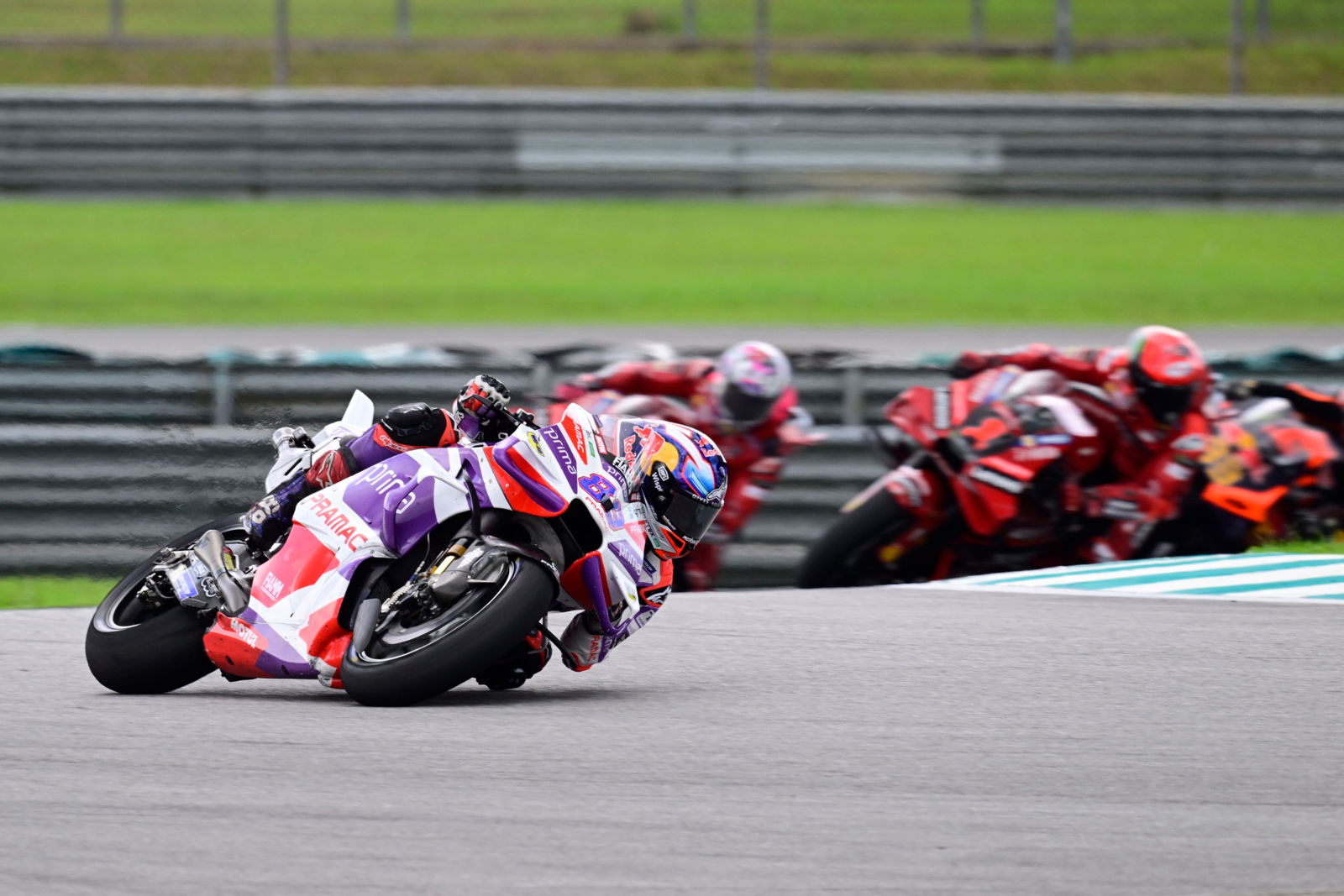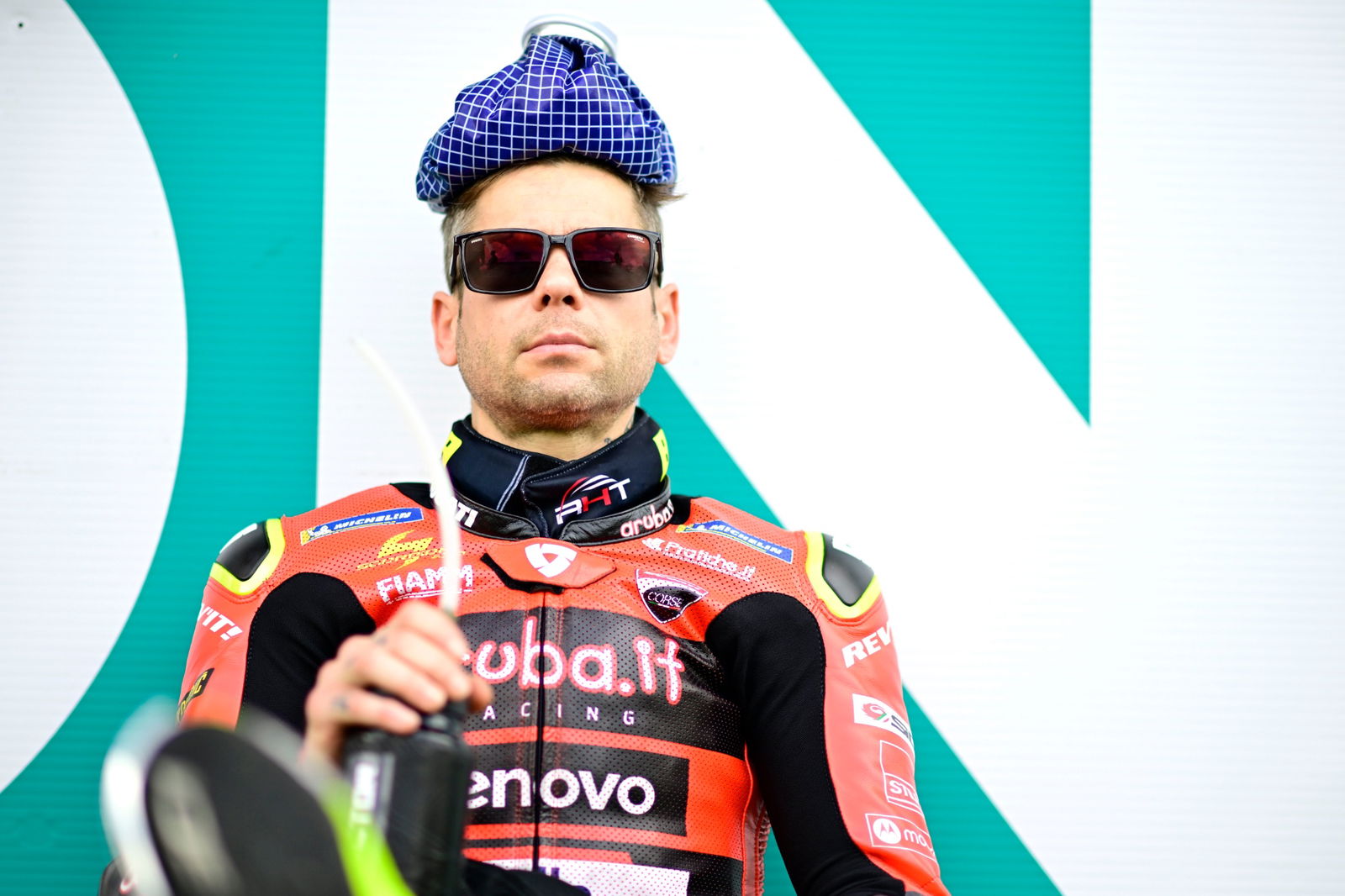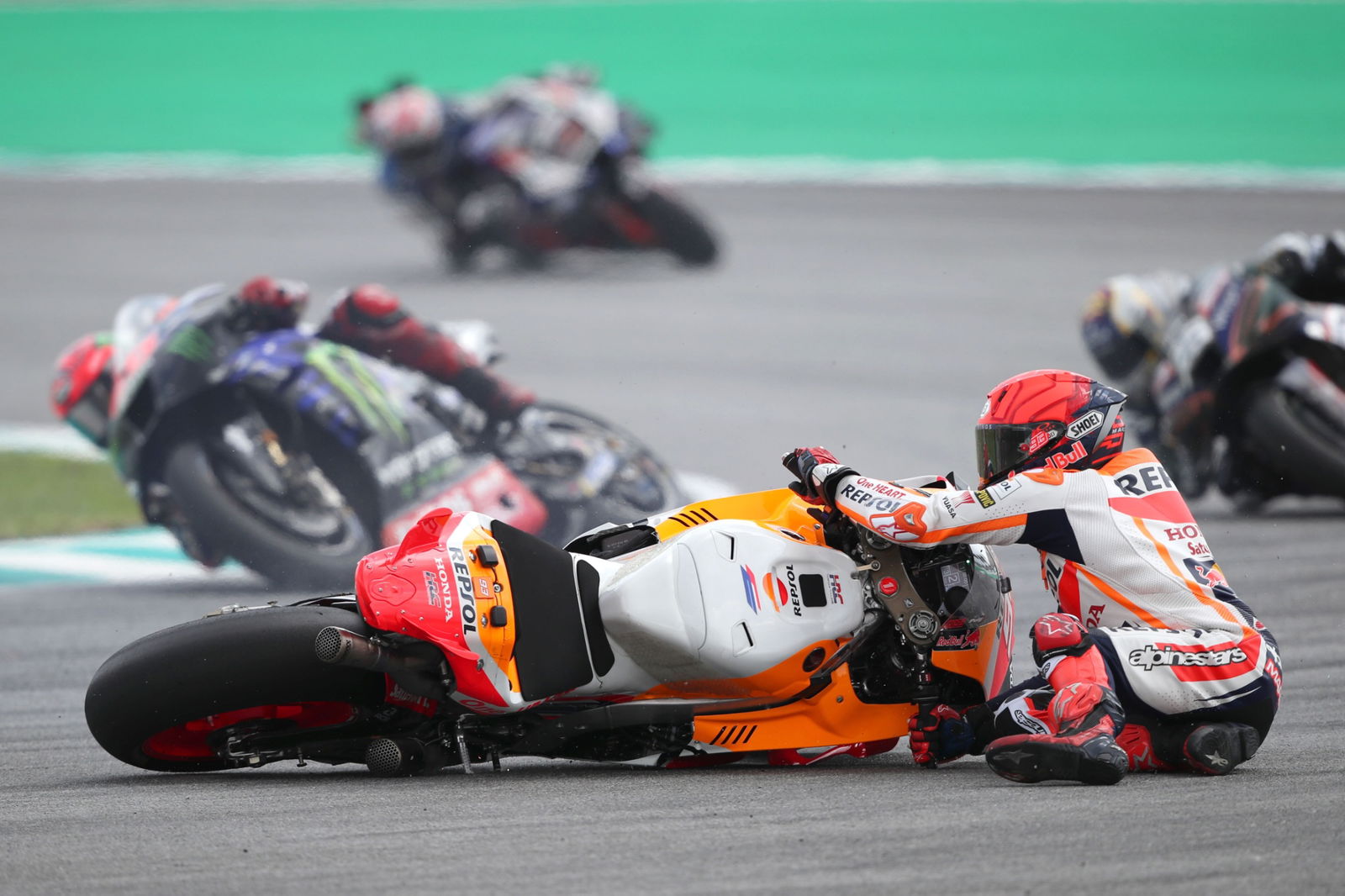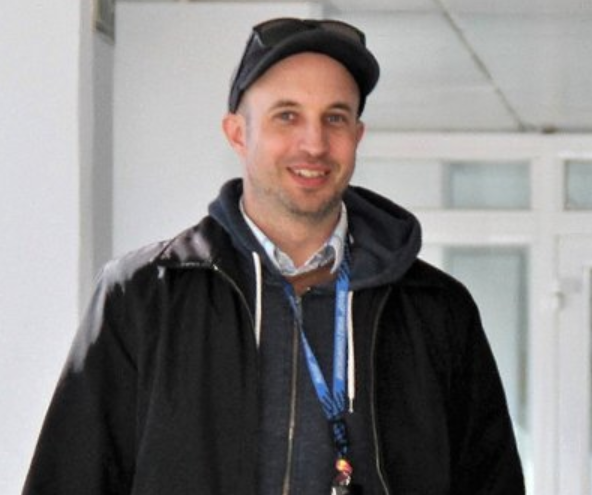MotoGP Malaysia: Jorge Martin: Better to risk a tyre pressure penalty…

The Pramac Ducati rider received an official warning for low tyre pressure after his victory in Buriram. A second offence would mean a +3s post-race penalty.
Martin then lost points to title leader Francesco Bagnaia in both Sepang rounds this weekend, where reigning champion Bagnaia was among five riders to use up his ‘joker’ or official warning in the grand prix.
The good news for the championship is therefore that Bagnaia and Martin, now separated by 14 points heading into Qatar, are on an even playing field in terms of tyre penalty risk.
But how Bagnaia and Martin approach that penalty risk might well be different...
The stated aim of the official warning was to avoid one pressure miscalculation from causing a result-changing time penalty, as teams get used to the new real-time pressure monitoring system.
However, it soon became apparent that riders and teams saw the ‘warning’ more like a tactical joker card, allowing them to push the low-pressure limits without fear of a penalty at tracks where higher pressure would hurt performance the most.
With half of the field having received a low-pressure warning, MotoGP will hope that those - like Bagnaia and Martin - now on the brink of a penalty simply play it safe for the last two rounds.
But Aprilia’s Aleix Espargaro has already been caught out twice, proving the difficulty in accurate pressure forecasting, while after Sunday’s race Martin revealed he would prefer to risk a penalty than struggle.
“From my side, I can risk. Because I don’t care to finish 4th with good pressure. I prefer to battle for victory with low pressure and then…well, 3 seconds is not that much,” said Martin, who was fourth on Sunday.
“Today you could finish on the podium [if you won] even with the [+3s] penalty.
“I don’t care if I finish second [in the championship] to Pecco by 1 point or 80 points. So I will take the risk in the next races and just push.”
While 3.562s covered the podium at Sepang, it had been just 0.253s in Thailand. All of Martin's own race victories so far this season have been by less than 3 seconds.
The time penalty rises to +6s for a third low-pressure offence, then +12s for a fourth.

Martin’s words underline fears that - unless Bagnaia and Martin finish first and second in the remaining races, with more than 3s between each other and third - the race result and potentially world championship outcome will not be known until the tyre pressure checks are completed.
And the championship outcome might not only depend on the tyre pressures of the title contenders.
With 2023 race winners Enea Bastianini, Marco Bezzecchi and Aleix Espargaro, plus podium finishers Marc Marquez, Maverick Vinales and Luca Marini also set for penalties if they offend again (more may well join them by Valencia), the title outcome could change if any such rider finishes less than 3s ahead of either Bagnaia or Martin.
Martin certainly expects, as on Sunday when Bastianini won from Alex Marquez, that other riders will be between himself and Bagnaia in the remaining rounds.
“If there are two places where you can recover [points] then it is Qatar and Valencia because we are all so tight and we can put some riders between Pecco and me,” Martin said. “So you can win or lose a lot of points.”
Because tyre pressure fluctuates during a race, the rule in place states that riders must be above the minimum pressures specified by Michelin for 30% of the laps in a Sprint and 50% of the laps in a Grand Prix.
That simple ‘pass’ or ‘fail’ for each racing lap means, in theory, a rider might not meet the 50% of laps needed, even though their average tyre pressure over the race distance could be above the minimum.
It can also work the other way, a rider might be safely over the 50% of laps, even though they are under for average pressure (which is not considered).
“A panel should decide. It should not be on/off,” Aleix Espargaro said before quoting his Buriram tyre pressure data (not available to the media).
“The limit is 1.87 [bar for the front tyre]. I was all race 1.95-1.92 then I did the last 10 laps alone [in fresh air] at 1.84. So I failed. I got a penalty.”
The Spaniard also questioned why front pressure, which is more susceptible to pressure changes when following other bikes, is being monitored as strictly as the rear.
"I've raced in MotoGP for 15 years. I’ve never seen a problem with the front tyre," Espargaro said. "I saw rear tyres exploding, never the front."
"Even if you go [down to] 1.75 the tyre will not explode. So I don't know why they make this regulation," agreed Fabio Quartararo.
"We have to really talk deeply because it's also dangerous to have the pressure high. It is a totally different bike [to ride]. At the end, your bike is held up by two tyres. So if the tyres are not working well the bike [behaviour] is changed totally."
From next year, there will be no warnings or time penalties, only disqualification.
"Next year it will compromise [the racing] a lot because you will be kicked out of the race," Martin said. "We need to push the organisation to remove it or make it a bit easier for the teams."


